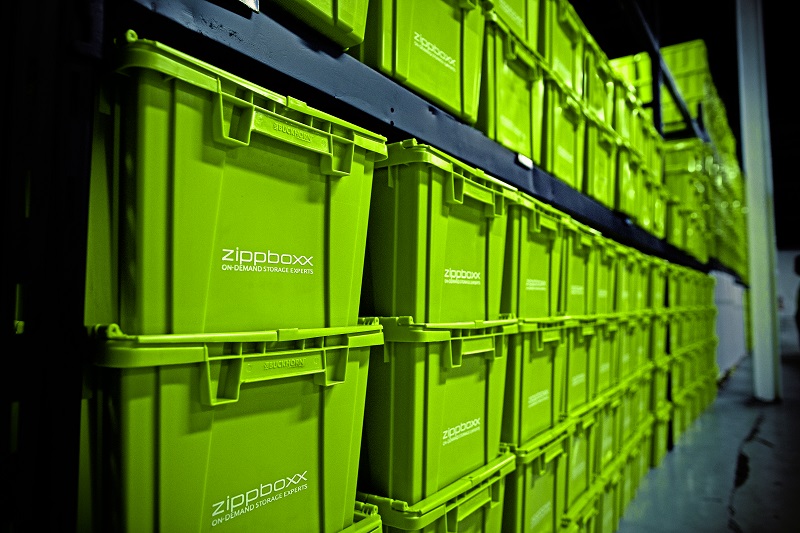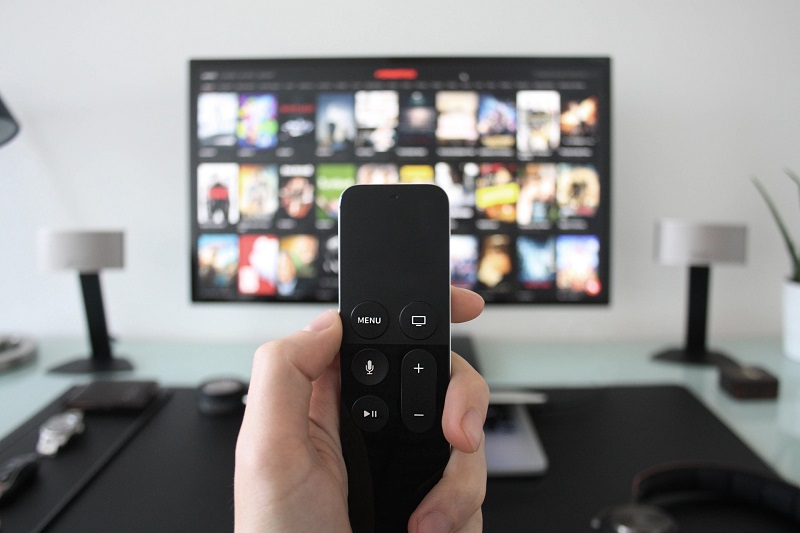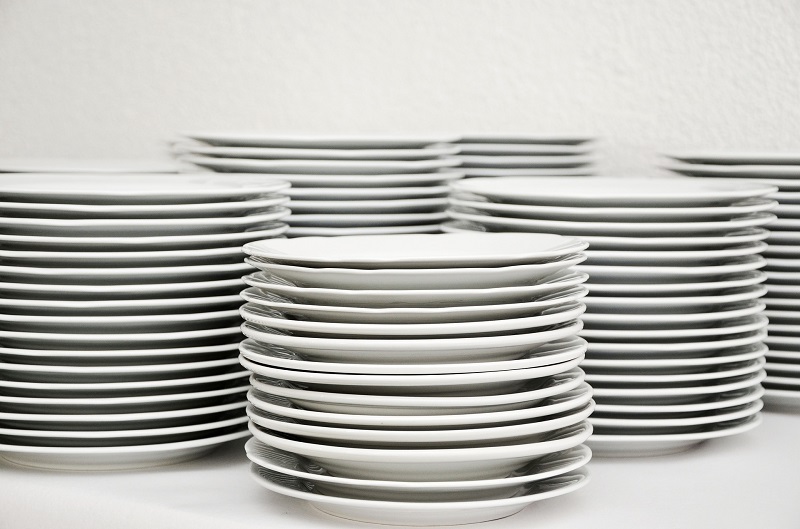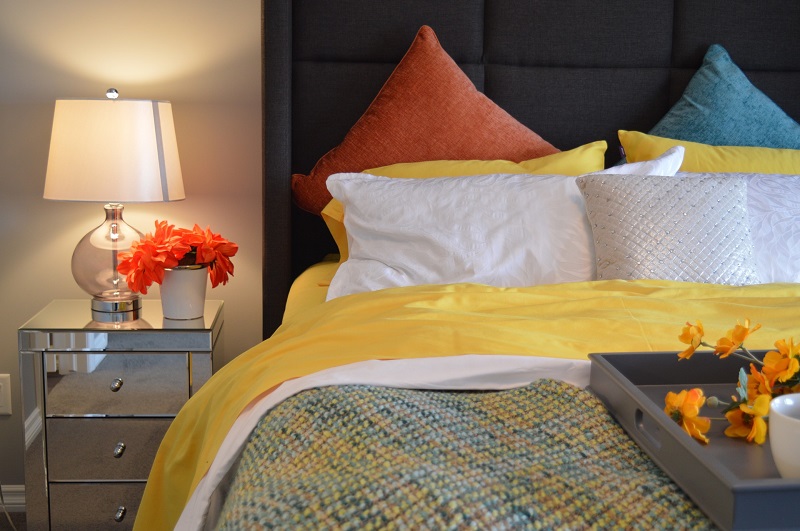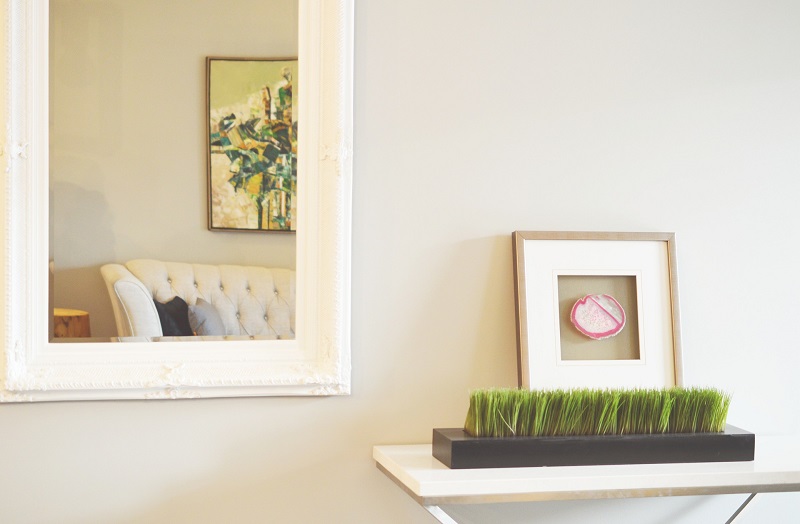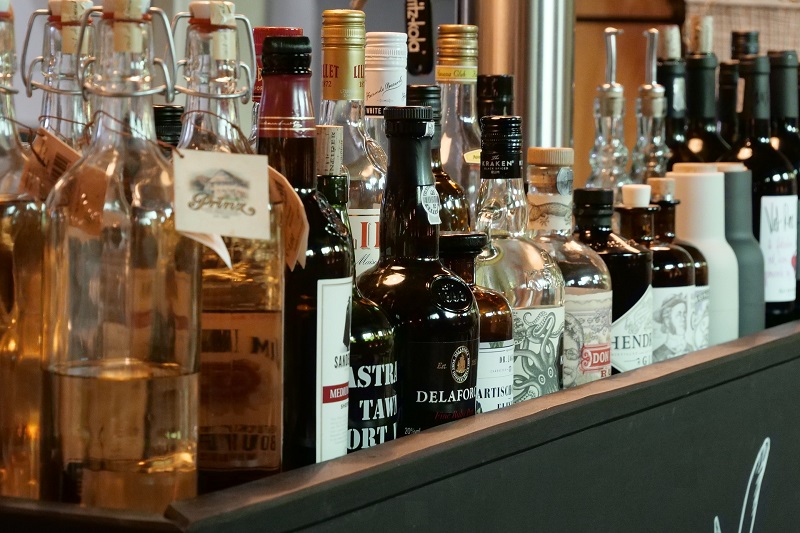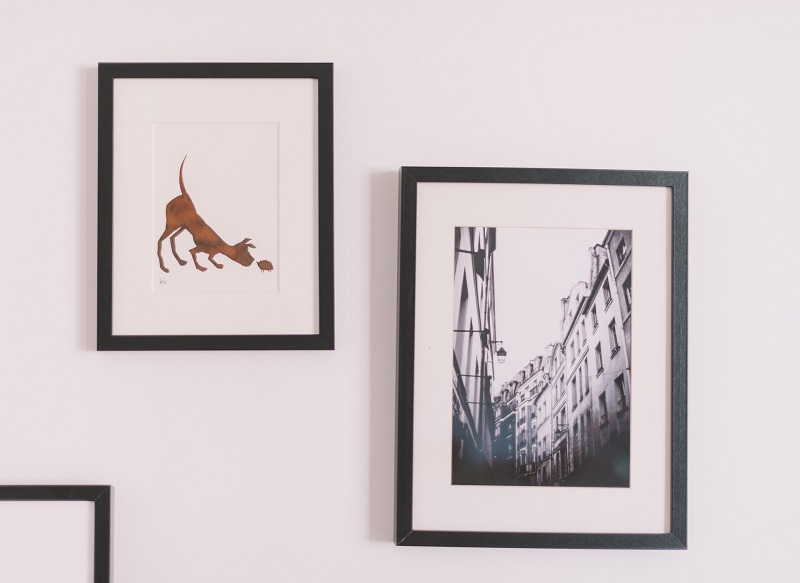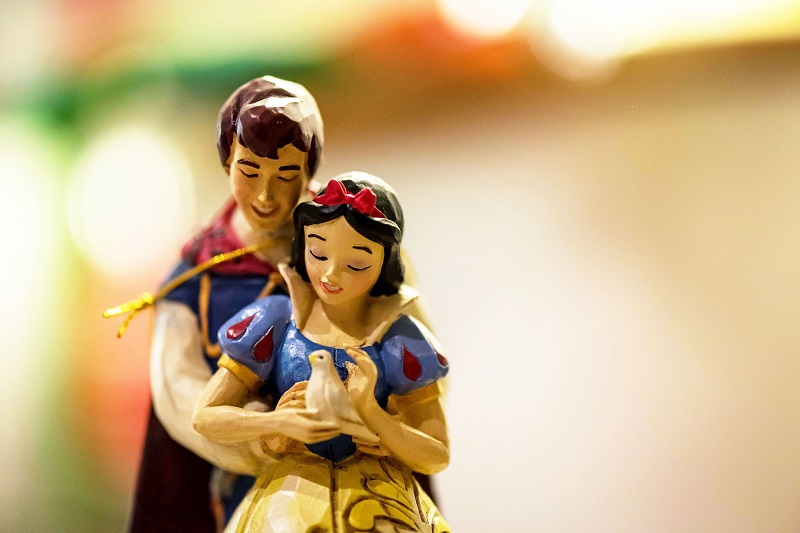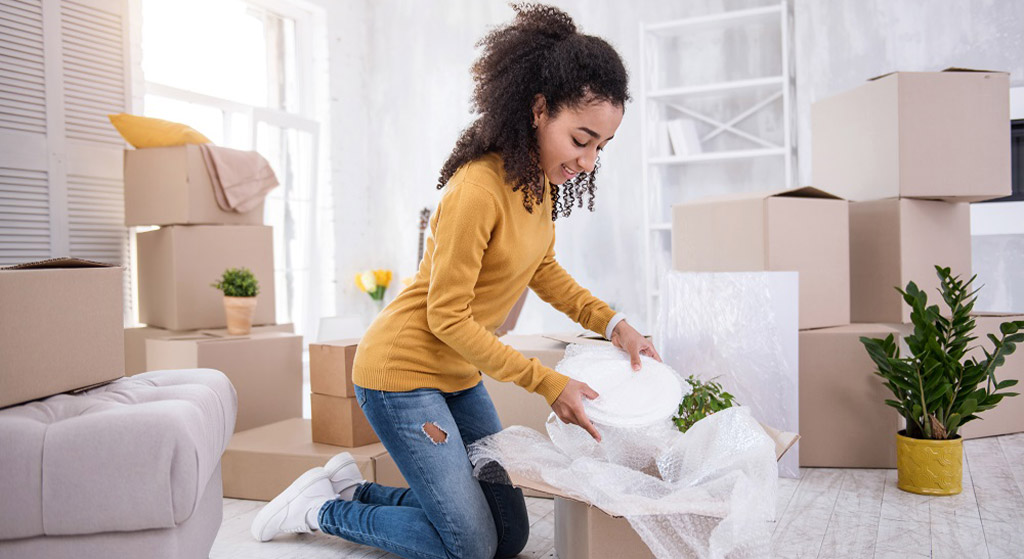
Packing Tips For Fragile Items
A lot can happen to your belongings when they aren’t packed correctly for transit. They can break, hit into other items causing damage, or shift during the process. Whether you’re packing up your stuff for storage purposes, or packing up all of your things in preparation for a move, there are essential steps that need to be taken to ensure the least amount of wreckage. Here’s a list of crucial packing supplies to have on hand, and in surplus, when dealing with delicate items that need to be packed up or put into storage.
Remember, it’s better to be over prepared and have more supplies than you need, than to run out in the middle (or at the end) of packing everything up.
- Boxes, bins & other containers
- Moving blankets
- Packing paper
- Tape (packing & painters)
- Bubble wrap
- Black marker
- Labels (if you cannot write on the container itself)
- Any original packaging that was kept for electronics, appliances, lamps, etc.
Once you gather all of the necessary supplies, setup a clear staging area (preferably a flat surface) where you can spread out your supplies and the items that you are packing up. Give yourself ample time as well, do not expect to successfully and securely pack up your fragile stuff when leaving it for the last second.
Labeling is also important! Use a black marker to note what is inside of each box and write “FRAGILE” in big, bold lettering on boxes containing frangible items. This will indicate to the person picking it up and handling it to use extra care.
Keep in mind when packing up your belongings for storage that cardboard boxes deteriorate over time. If you’re packing up your stuff in preparation for longer term storage, plastic bins (Like the signature Zippboxx bins!) will hold up as time goes on, are sturdier and easier to carry with stable handles that won’t tear under too much weight. If you do decide to stick with using cardboard boxes, reinforce the outside of the box, especially the bottom, with packing tape.
Here are some specific packing tips for common, fragile household items that need to be stowed away safely when moving or transitioning into a storage facility.
Table of Contents
How-To Pack TVs
The best way to pack up your TV for storage or transport is placing it back inside of the box that it came in. With styrofoam already curated to fit your television perfectly, your television will be snug and secure in its original packaging.
Threw out the original packaging? Not to worry! There are other ways to pack your television. Use moving blankets to completely cover your television, place it in the foot wells of your backseat, and cushion with more blankets and/or pillows.
Uncomfortable with the idea of your TV not residing in a container while in storage or during the move? Purchase a specialty box that will fit your television, or DIY by utilizing a box cutter to create a box that fits your TV and affixing it with tons of tape for reinforcement.
Never transport your television flat, keep it vertical. Bumps in the road during transport can flex and break the screen.
How-To Pack Dishes
It’s best to pack dishes in compact boxes, where only one stack of vertically placed dishes will fit. For optimal safety, wrap each dish in packing paper and then separate each of those wrapped up dishes with bubble wrap. At the bottom of the box, and in the corners of the box where there’s empty space, fill that space with more packing paper or old t-shirts to keep the dishes from moving around.
How-To Pack Lamps
Remove the lamp shade from the lamp and place that lamp shade into an appropriately sized container. Then bubble wrap the base of the lamp, taking care to adequately covered any decorative accents that may stick out from the lamp. Once bubble wrapped, the base of the lamp can go inside of a container separate from the lamp shade as to not damage the shade.
How-To Pack Mirrors
No one wants to be stuck with seven years bad luck! Make sure that you’re not cursing yourself when it comes to packing up your mirrors securely. Not only can the mirror shatter if packed incorrectly, but the frame can break as well. Start by making an “X” with tape across the front of the mirror. This “X” will help to keep the pieces of the mirror in place.
Next, wrap your mirror up entirely in bubble wrap. Then place your wrapped up mirror inside of an adjustable mirror box, a fitting picture box or a flattened cardboard box that has been taped thoroughly on the bottom, and then the top once placed inside. Use packing paper to keep your mirror snug and fill in any spaces.
How-To Pack Alcohol
There’s no use crying over spilt milk, but if your alcohol collection breaks during the moving process, there might be some tears. Before starting the alcohol packing process, make sure that all of your bottles are properly sealed. Wrap bottles individually in a few layers of packing paper and secure to bottle with tape. Then, using a specialty wine shipping box or box outfitted with dividers, place each wrapped bottle inside one of those slots. Fill in any gaps in the box with packing paper, so that the bottles do not move around, and tape shut.
How-To Pack Glasses & Mugs
Packing up mugs and glassware, like drinking glasses and wine glasses, takes a lot of packing paper. These delicate household goods are extremely easy to pack incorrectly leaving them vulnerable to breaking. With the right preparations and packing though, your glassware and mugs will do just fine before, during and after transport.
Set up your box with a layer of crumpled paper on the bottom, and a set of dividers. Wrap up all of your glasses and mugs in a thick layer of packing paper, taking extra care to wholly cover the handles of mugs and stems of glasses. Once wrapped, place each glass or mug inside of a cell. Then add in crumpled up packing paper to open spaces in the divider cell, and to the top of the box before closing.
How-To Pack Framed Pictures
Begin by placing a large sheet of packing paper in your packing/staging area. Position your picture frame in the middle of the packing paper and fold the paper over your frame as if it were a present being wrapped. Use as many sheets as you need to fully cover the item and then tape the paper firmly to the frame. For extra security, bubble wrap your frame for extra cushion. Once wrapped up, use specialty boxes that fit the size of your frame. Feel free to place more than one picture frame inside of a container, just make sure that there is plenty of bubble wrap and crumpled up paper forming a partition between the frames.
How-To Pack Figurines & Collectibles
Figurines and collectibles can be easily damaged because of the small parts that tend to stick out from figurines, and because of how important the packaging is to the value of most collectibles. Whether it’s the arms of a ceramic statue, or the outer packaging of a 1996 Pink Splendor Barbie Doll, keep your treasured belongings safe from destruction with these steps.
Wrap each individual item in acid-free packing paper to protect your valuables. The acid-free paper will keep colors from bleeding onto, or off of, your collectibles. Tape up the item in packing paper making sure not to get any tape on your figurine or collectible. If the tape comes in contact with your item it could remove some of the coloring or tear off some of the packaging.
After covering with acid-free paper, bubble wrap your item and place inside of a container that is cushioned with plenty of crumpled up packing paper. Fill in any gaps with extra paper and throw crumpled up packing paper into the top of the box before closing and taping it up. That layer will serve as a buffer when opening up your boxes. The last thing you want to do is accidentally rip into your collectible collection with a box cutter after getting them safely into storage or your new home.
Need assistance packing up your belongings? Zippboxx offers professional packing services! Contact us to find out details!


